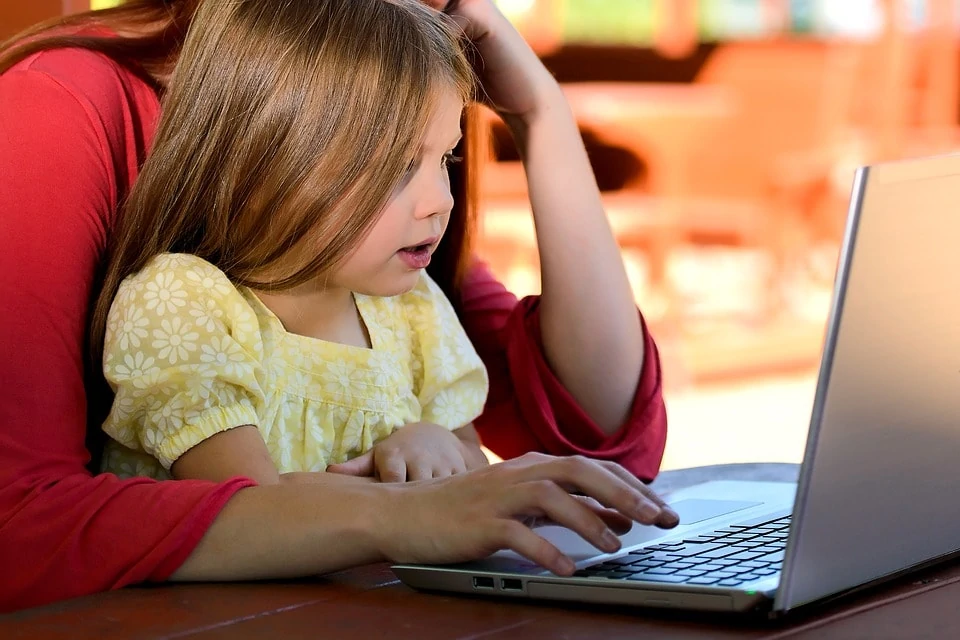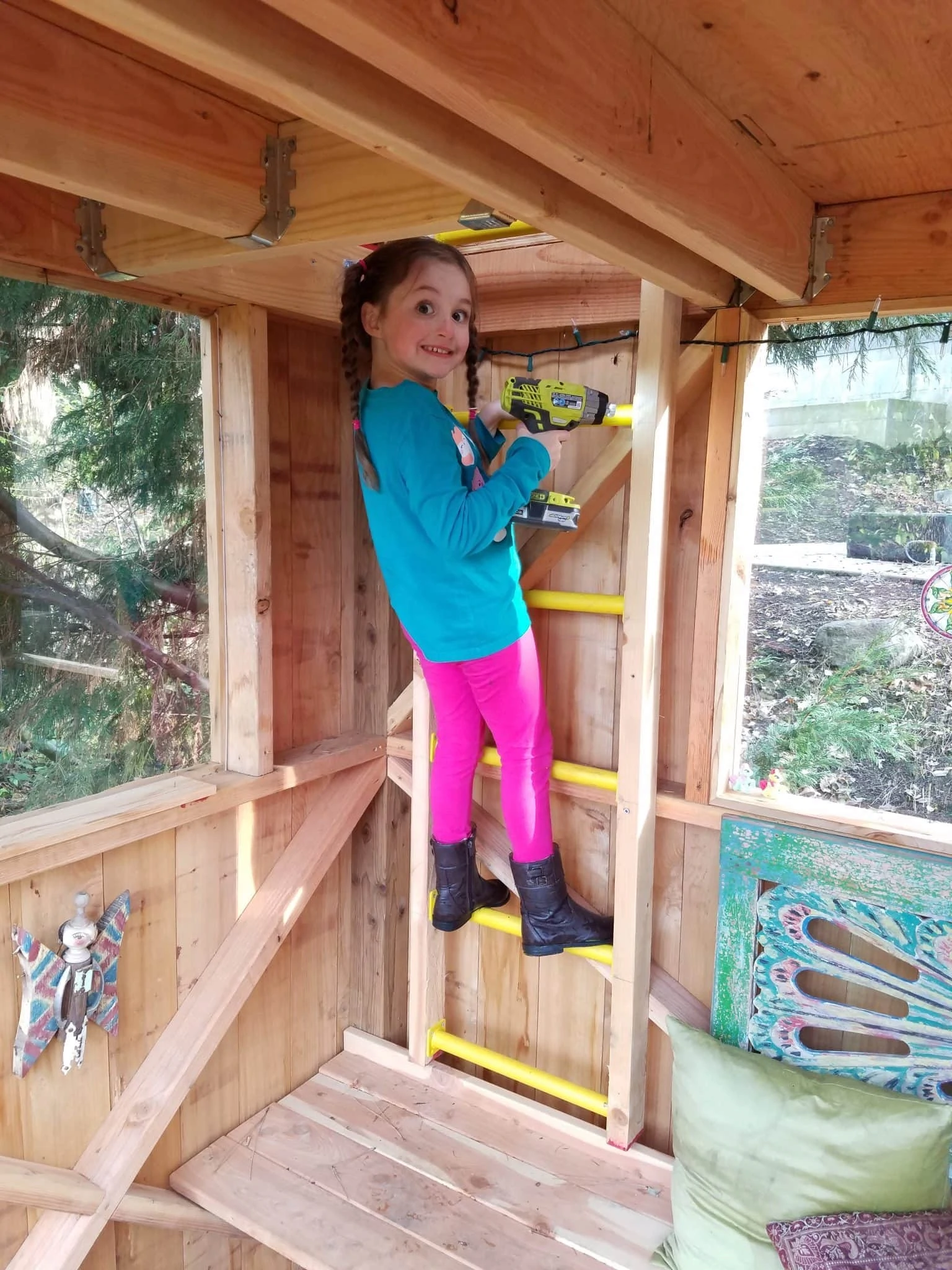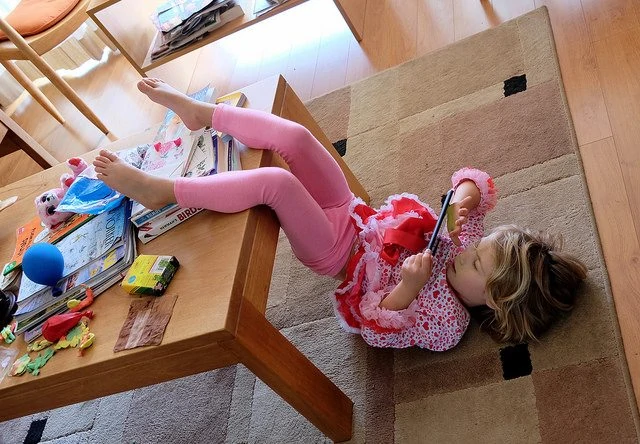We’ve noticed that our granddaughter has reached the age where friendship skills are very important. She’s been asking us questions about friendships, conflicts, boys and girls, and other things that come along with developing a social self.
As many parents know, teaching social skills isn’t easy. It’s complex. Children tend to blurt out their immediate feelings. They need to be taught how to ask others to play, how to politely say no, how to deal with kids who don’t like them, and so on.
Recently, Anna and I were playing Roblox together, a vast online platform where kids can create and interact with other players in what its makers describe as “immersive 3D worlds” Our good friend doreen dodgen-magee, an expert in the field of family technology use, had suggested that It’s not enough to just review an app and set daily screen time limits through Google’s Family Link.
“Really engage with the app,” she suggested, “and see where it fits in the technology pyramid,” where the base is technologies that teach and connect. So, together, Anna and I jumped into the world of Roblox, with me on my phone and her on her Chromebook.
In this virtual world, we made pizzas together. She drove me around in a car. This is pretty fun, I thought. Suddenly, a friend request popped up.
“Accept it!” she said immediately.
But the request came from someone we didn’t know – which ultimately opened up a rich conversation about friendships. What does it mean to have a friend? When you feel left out, does an online friend make you feel better? Which is more important, online or real-life friends?
Though she had recently informed me proudly of her 60 online friends, she was quick to say that real friends were more important.
Mediated Lives, Embodied Lives

When kids interact in person, embodied, they’re naturally pushed into figuring out how to get along with each other: how to negotiate, how to read nonverbal cues, how communication works, how to lead, how to delegate – all the kinds of social-emotional skills we bundle into Yoga Calm activities.
Those skills are simply impossible to pick up outside of face-to-fact interaction. And the lack of them can fuel a sense of social awkwardness: How do you act when you don’t know how to act?
Social media can become an easy way to make up for this. But all too often, the connections we form there are superficial at best.
Understanding Our Relationships with Our Devices

Rather than chatting with others or simply dwelling in our own thoughts as we stand in line, we whip out our phones to scroll our social feeds. Instead of tuning in to physical needs we may experience at the end of a long work day – tiredness, hunger, thirst, human connection – we stream a favorite show or idly play our favorite endless game.
But “addiction” isn’t exactly the right word, nor even a helpful concept. As Dr. Jenny Radesky, a University of Michigan assistant professor of developmental behavioral pediatrics, recently told the New York Times, while she generally avoids the word, she understands why we might gravitate toward it.
Thinking in terms of addiction, she said in an email, helps people understand “the design of modern technologies is purposefully habit-forming and programmed with the sort of variable rewards that keep humans engaged.”
But at the same time, she said, “the main problem I see with calling problematic technology use a clinical ‘addiction’ is that it locates the illness or problem within the individual, rather than the digital environment that is shaping the individual’s behavior….”
Kids need to understand these methods that are being used to fix their attention, Dr. Radesky said, and there is a tremendous teaching opportunity in helping them understand the way the technology works — and works on them.
The Need to Engage
As a non-gamer (well, save for a minor Pong obsession in my youth), trying out apps and such with her isn’t exactly my idea of a good time. Still, it matters – as does our rule about only using technology in the open, where we can watch. (Soon enough, we may find her texting “POS” to her friends, indicating “parent over shoulder.”)
Roblox wasn’t all innocent, pizza-making fun, I found out. In one world, players were grabbing swords and attacking each other. We stopped access to that, explaining how everything we do develops behavior habits, good or bad, and that violence isn’t a habit we want to model.
In a school-based Roblox world, we found that she could go into the boys’ bathroom, where other players were chatting. We put the kibosh on that fast, since anyone could engage in the chat, including unknown adults. We talked about why it was inappropriate for the game designers to include that feature.

In fact, our own learning has inspired Lynea and me to take a page from the game designers’ playbook and create a social skills game for Anna. When she demonstrates person-to-person social skills with friends and adults, she earns points toward rewards.
Many of the strategies we’re using with Anna are things we’ve learned from doreen, who will be joining us again for another live online workshop on Saturday, June 15. “How Families Can Moderate Technology Use” is the second of a three-part series, which includes a live Q&A session where you can get answers to the tech concerns that matter most to you.
To join us, register now.
Missed her first workshop? You can buy and watch “Technology: How it Shapes Our Brains, Relationships & Sense of Self” here.
Friendship image by Ahsan Saeed, via Flickr




